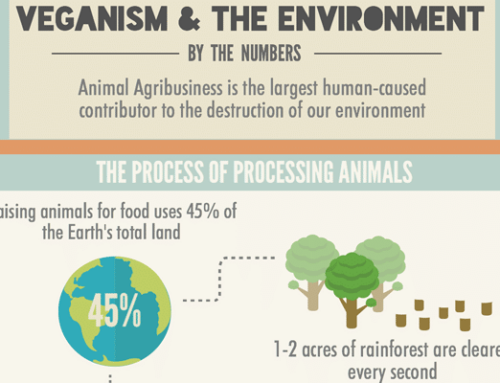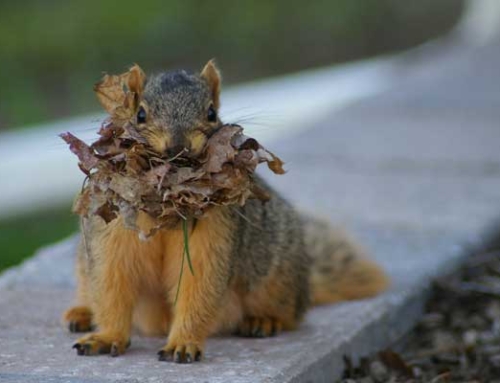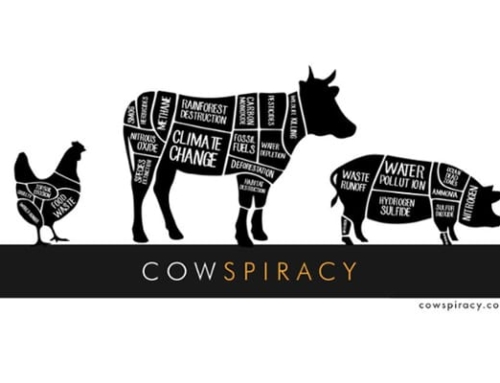National Lawn and Garden Month: Food Not Lawns
Disclosure: This post may contain affiliate links
It’s time to rethink how we coexist among nature, and it starts in your own yard, neighborhood, and community.

What's in this post
Share This Story!
National Lawn and Garden Month: Food Not Lawns
By Amanda Crow, Guest Contributor
April is National Lawn and Garden month (Who knew? Not I!). I like many others have little interest in lawns or gardens, but I discovered this to be a fascinating topic, especially with a vegan frame of thinking. While my intentions were to write one post, this month I will be creating a series of posts for National Lawn and Garden month! Stay tuned!
There is a new form of grassroots activism that is countering our traditional uses of lawns…especially front yards. It is called Food Not Lawns (FNL)… that has a familiar ring to it, right? This is because it is an offshoot of Food Not Bombs (FNB)…activism that combines nonviolence and feeding the poor. The first organization of FNB was formed in Cambridge, Massachusetts in 1980 by anti-nuclear activists. The movement has spread across the world. Such a radical idea, huh? Not supporting violence of any kind AND helping feed our most vulnerable.
Food Not Lawns was started by FNB activists in 1999 and has gained popularity since then. The basic idea is that instead of wasting time, energy, and resources for lawn maintenance, let’s put all of those resources to growing our own food.
There is another strong underlying theme. Food Not Lawns focuses on building neighborhoods and communities through personal and community gardens. Even converting one person’s front yard to a garden can initiate a neighborhood to come together. Building communities is a way to counter disenfranchisement caused by our country’s policies and structures, especially with regards to the food system. When neighbors come together, great success can be achieved, whether it is directly providing healthy food to its inhabitants or building local seed collections.
Just like Food Not Bombs, anyone can start his or her own local chapter of Food Not Lawns. Their new website is a great resource. There are step-by-step instructions on how to start a chapter and how to organize a local seed-swap. Also, see if there is already a chapter around you! Utilize the local library and check out the books listed to learn how to turn your front yard into a spectacular, plentiful garden.
This is only an introduction, and I am excited about the various topics I will be writing on! It’s time to rethink how we coexist among nature, and it starts in your own yard, neighborhood, and community.
Photo credit: erinwithvitamins






As a garden enthusiast who hates mowing the lawn I was delighted to see this article and look forward to the next installment. I am so glad you touched upon the idea of converting a lawn into a garden can bring communities together. FNL (and FNL) not only believe in feeding the hungry and non-violence but more importantly “taking nonviolent direct action to change society”. Taking action by creating a community garden or converting your lawn is an a way to establish a sense of community and bring light to the food justice issue. I’m eager to find out more about FNL and wonder if Vegans will embrace the FNL movement?